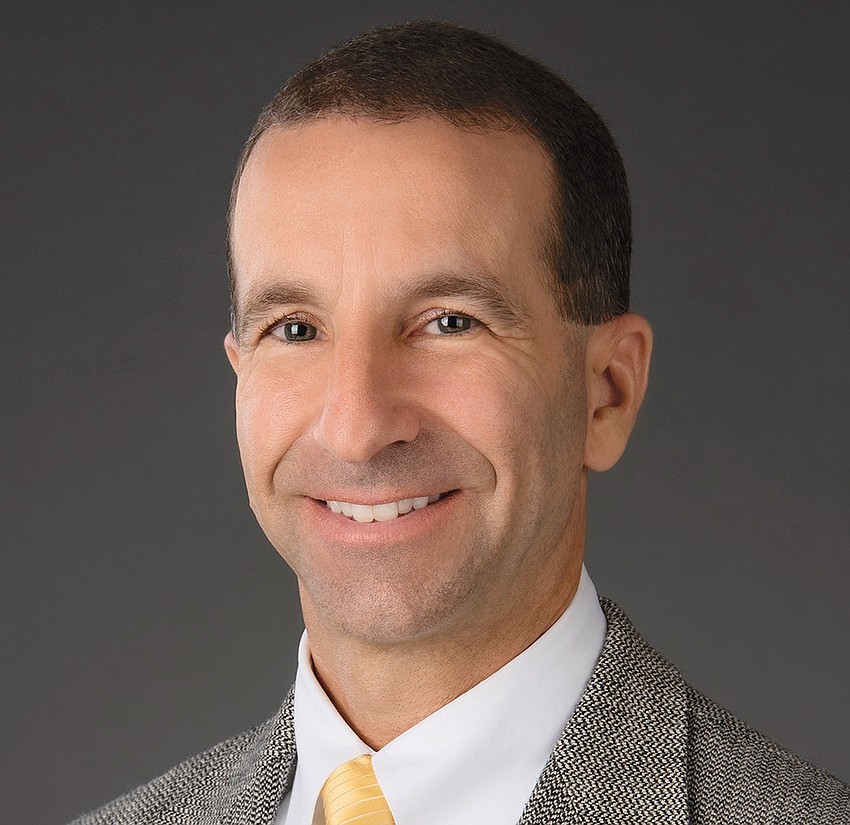
Last year, I wrote two mediation articles, the first aiming to persuade you to not bypass joint sessions at mediation, so you can speak directly to your decision-making audience and perceive its nonverbal responses to your presentation.
The second article walked through three of seven strategies to be an effective communicator to that audience.

To briefly recap, the first strategy was to exercise restraint in your presentation, so your audience will be less inflamed and more able to fully and fairly process what you are sharing.
Second, demonstrate empathy so that the party feels heard and valued, prompting more rational and productive decision-making and increasing the odds of settlement.
Third, use a show and tell method of presentation, letting the evidence speak for itself (and you speak less).
Now to the remaining strategies.
Four, be personable to communicate effectively. Trial lawyers prefer likable clients because juries favor such parties. If you view the other side’s decision-makers as your mediation “jury” your ability to persuade them toward your client’s requests increases substantially if you and your client are personable.
I use the term personable to focus on the controllable, behavioral aspects of one’s appealing nature. Being polite, pleasant, attentive, courteous and humble enhances one’s personability and the effectiveness of one’s communication.
A word of warning – this will not work at mediation if you were not personable during depositions or other litigation activities.
Five, effectively communicate the economics of a case. Objective evidence tends to be more readily accepted and most people believe that numbers don’t lie.
Their decisions feel safer when based on an economic analysis of the options.
Focus on both the monetary costs of continued litigation and the value of a settlement. An objectively verified position is generally more persuasive and less resisted.
Six, communicate effectively through collaboration. A mediated settlement agreement usually requires concessions from both sides.
While a trial is about my client versus your client, mediation should be about our clients. Approaching mediation collaboratively will help make your presentation and requests more accepted and effective.
Share what you have, well in advance of the mediation conference.
Help the other side to document its file and allow its decision-makers to be fully informed when setting its authority.
Conversely, give fair value to what is shared with you. If both sides approach this moment collaboratively, they will likely want to hear what is communicated by the other.
Seven, effectively communicate genuine thankfulness for this moment. Most parties loathe spending their time, emotional energy and money on litigation.
Mediation provides perhaps the best opportunity for your client to end the case on agreeable terms.
It also gives your client an audience to be heard, and avails your client of resolution options that are often beyond the scope of a verdict or court ruling.
Statistically, the odds are high that your case will resolve at mediation or shortly thereafter because of progress made at mediation. Be thankful for that likelihood and the chance to bring closure to your client’s claim.
It should be easy to be genuinely thankful for your mediation, so express that thankfulness in your words and nonverbal cues.
Those are my seven suggested strategies. Use the first letter of each of these strategies – Restraint, Empathy, Show and tell, Personable, Economics, Collaborative, and Thankfulness – to spell out the foundation of any effective interpersonal communication.
R.E.S.P.E.C.T. has become a rare commodity in our present society which, under economic theory, makes it highly valuable. A person who feels disrespected will resist any agreement, no mater how fair the terms or how compelling the need to settle.
I pray for the return of mutual respect as the social norm.
Using these seven strategies will demonstrate that mindset and will make your communication efforts more effective in mediation and beyond.
Blane McCarthy is a full-time certified circuit mediator with Miles Mediation & Arbitration and was the 2023-24 president of the Jacksonville Bar Association.